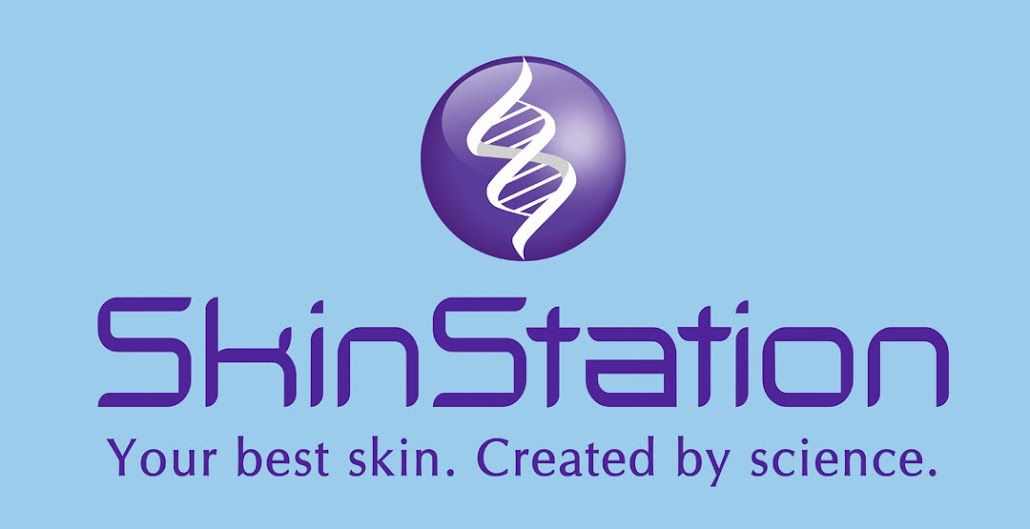If you want to have radiant, young-looking skin like your favorite Korean movie stars, look no further. Dr. Kwon Han Jin, a famous aesthetic dermatologist and surgeon in Korea, and CEO of Dermaster Clinic Networks, revealed that advanced aesthetic technologies he has developed, such as Ultra V-Lift, Aqua Shine, and Canula RF, are the favored procedures of celebrities.
Let’s focus on Ultra V-Lift for now. Dr. Kwon visited SkinStation on February 28, 2015 to train our aesthetic doctors on recent advances in Ultra V-Lift, a nonsurgical facelift procedure that is taking the world by storm. Below is how Dr. Kwon explains the procedure.
What exactly is Ultra V-Lift?
Ultra V-Lift makes use of fine threads called polydioxanone (PDO) that are commonly used in surgery. The threads are inserted into targeted areas under the skin to stimulate skin tissue. As a result, the skin tissues create new fibroblasts and collagen. This produces a tightening effect from inside out. When sagging skin is tightened, it creates a more sculpted ‘V-shaped’ face, hence the name.
How is the procedure done?
The entire procedure takes about 1 hour. An anesthetic cream is first applied on the area to be treated. The doctor then deftly inserts the threads under the skin. In the hands of an expert doctor, there will hardly be any pain, bleeding or swelling. The threads will eventually dissolve, and will be slowly absorbed into the body. Ultra V-Lift for sagging skin
 |
| Ultra V-Lift for sagging skin |
Most patients are between the ages of 30 and 50, when the effects of aging become apparent. Aging causes the skin tissue to thin because the collagen and elastin fibers break down, which results in sagging skin, deep creases, folds, and wrinkles. Ultra V-Lift will help reverse the signs of aging.
How is Ultra V-Lift different from the traditional facelift?
Traditional facelift treatments are invasive. The surgeon makes incisions, inserts thread in a certain direction, and then pulls the sagging skin. The area of application is limited and there is downtime. In Ultra V-Lift, the application area is anywhere on the body, including the eye corners, cheeks, neck, nose, forehead, laugh lines, forearm and abdomen, with hardly any downtime.
How long do the effects last?
While the effects are visible shortly after treatment, the best results can be seen after 2 months, and these will last for 8 months to 1 year. Annual touch-up session is recommended to maintain the improvements.
-----------------------------------------------------------------------------------------
This article appeared in The Manila Bulletin Lifestyle Section on March 10, 2015. The author is Fred Reyes, a cosmetic chemist and scientist, and the CEO of DERMAX and SkinStation, two leading skin clinic chains in the Philippines. He was awarded the Outstanding Professional in Chemistry in 2011 by the Professional Regulations Commission (PRC).


Walang komento:
Mag-post ng isang Komento